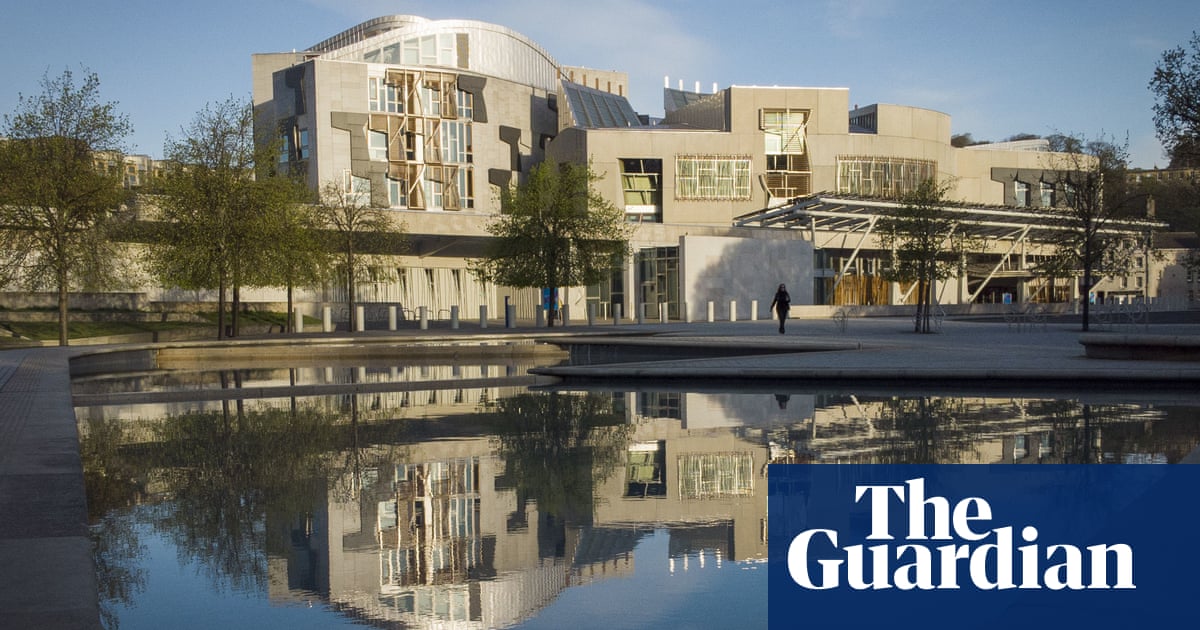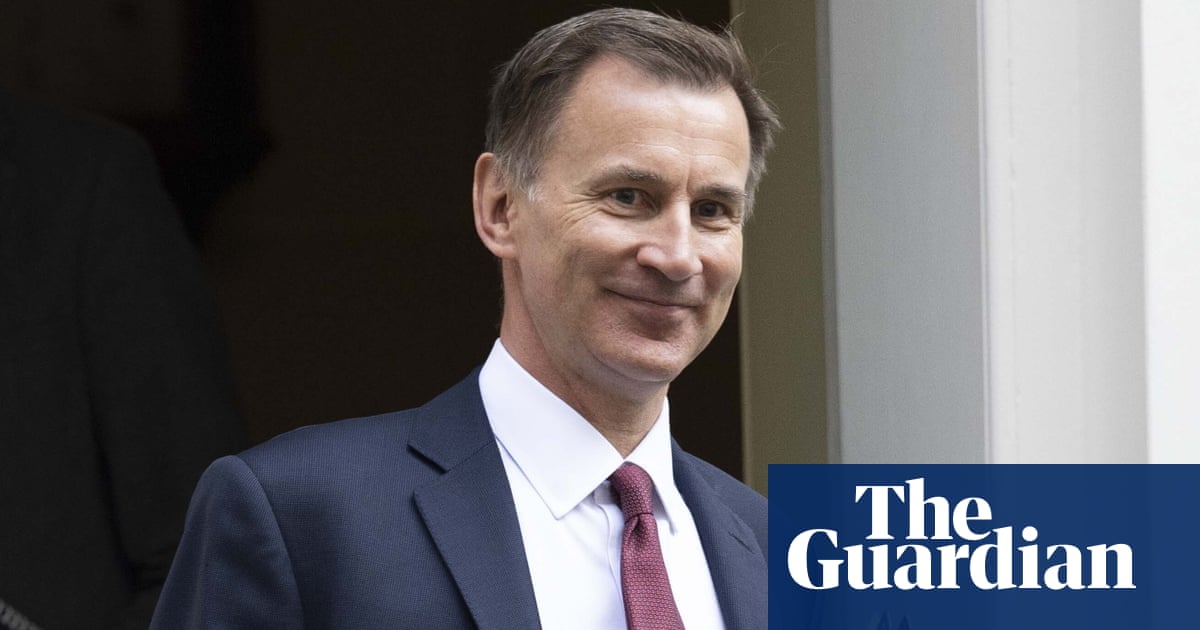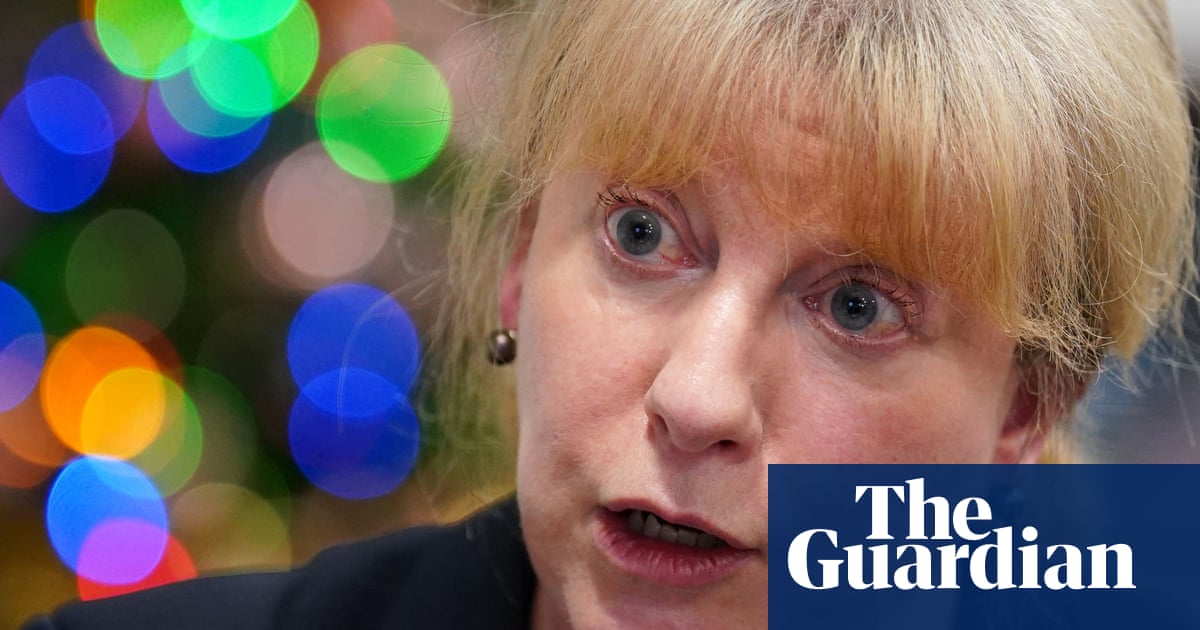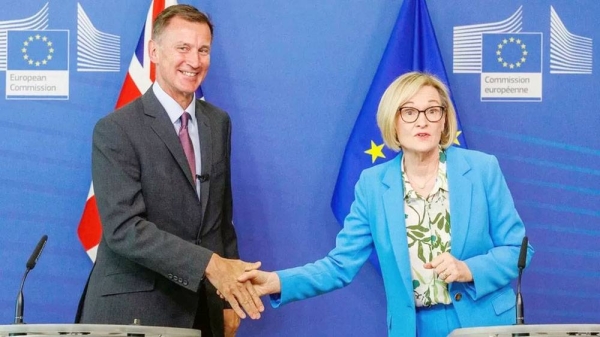
Scottish ministers will be able to spend hundreds of millions more on public services each year after striking a deal with the UK Treasury to lift restrictions on its budgets.
The agreement will allow ministers in Edinburgh to double their annual borrowing to protect day-to-day spending to £600m, as well as increase the amount they can borrow for major projects by inflation and also keep underspends in later years, without any limits.
The deal also preserves a longstanding agreement where the Treasury heavily subsidises Holyrood’s spending under the so-called Barnett formula which redistributes spending around the UK, subsidising less wealthy areas.
The Treasury said that element of the updated fiscal agreement meant Scottish ministers had £8bn more to spend last year than they would have had if Scottish spending was set at the same per capita rate of spending for the UK as a whole.
The new £600m figure for day-to-day borrowing ensures that Scotland can fill any holes in its day to day spending if its income tax receipts fall below forecasts.
If there are shortfalls in tax receipts, Scottish ministers can borrow money to cover the gap but that money must be repaid to the Treasury. That shortfall has grown to £390m, which breached the previous £300m borrowing limit. The Treasury has agreed to double that to £600m.
Scotland’s other borrowing limits will also be permanently pegged to inflation using a method known as index per capita, which ensures Scotland does not lose out financially because its population is growing more slowly than the UK’s.
Ministers in Edinburgh have been pushing for that reform for some time.
“This is a fair and responsible deal that has been arrived at following a serious and proactive offer from the UK government,” said John Glen, chief secretary to the Treasury.
“We have kept what works and listened to the Scottish government’s calls for greater certainty and flexibility to deliver for Scotland. [These] are the clear benefits of a United Kingdom that is stronger as a union.”
The deal was welcomed by Shona Robison, the Scottish finance secretary, but she warned that her government still faced substantial financial challenges coping with soaring inflation and slow economic growth.
“This is a finely balanced agreement that gives us some extra flexibility to deal with unexpected shocks, against a background of continuing widespread concern about the sustainability of UK public finances and while it is a narrower review than we would have liked, I am grateful to the chief secretary to the Treasury for reaching this deal,” she said.
“We still face a profoundly challenging situation and will need to make tough choices in the context of a poorly performing UK economy and the constraints of devolution, to ensure finances remain sustainable.”
David Phillips, of the Institute for Fiscal Studies, an independent thinktank in London, and a co-author of an independent review of the fiscal framework commissioned by the Treasury, said the deal was more generous but could have been better.
He said borrowing increases should be linked to national income not inflation. The agreement also meant that Scotland continued to receive money raised from England’s income tax and stamp duty revenues.
That violated the “taxpayer fairness” test set out by the Smith Commission, the body set up to review Scotland’s lawmaking and spending powers after the 2014 independence referendum, because it meant English taxpayers did not benefit from that spending.
The deal does, however, honour the “no detriment” test set out by Smith, which ensured Scotland does not lose out. It was impossible, Phillips said, for both tests to be met at the same time.
“This helps reduce the risk of the Scottish government losing out as a result of tax devolution but means that it’s likely that a growing amount of income tax and stamp duty revenue will go on being redistributed from the rest of the UK to Scotland over time,” he said.












